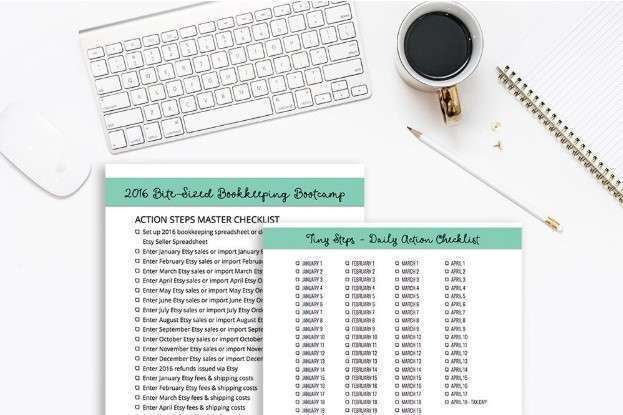
That is the closing balance of the retained earnings account as in the previous accounting period. For instance, if you prepare a yearly balance sheet, the current year’s opening balance of retained earnings would be the previous year’s closing balance of the retained earnings account. Rather, it could be because of paying dividends to shareholders, capital expenditures, or a change in liquid assets. It might also be because of different financial modelling, or because a business needs more or less working capital. When a company loses money or pays dividends, it also loses its retained earnings. This is the company’s reserve money that management can reinvest into the business.

Q. How can investors access a company’s Retained Earnings data?
Examples of these items include sales revenue, cost of goods sold, depreciation, and other operating expenses. Non-cash items such as write-downs or impairments and stock-based compensation also affect the account. It shows a business has consistently generated profits https://www.bookstime.com/articles/bookkeeper360 and retained a good portion of those earnings. It also indicates that a company has more funds to reinvest back into the future growth of the business. Yes, having high retained earnings is considered a positive sign for a company’s financial performance.
Short-Term Debt

It’s essentially a comparison between the money earmarked for reinvestment and the money paid to investors in dividend payments. Retained Earnings are listed on a balance sheet under the shareholder’s equity section at the end of each accounting period. To calculate Retained Earnings, the beginning Retained Earnings balance is added to the net income or loss and then dividend payouts are subtracted. A company reports retained earnings on a balance sheet under the shareholders equity section. It’s important to calculate retained earnings at the end of every accounting period.

Retained Earnings: Calculation, Formula & Examples
- The details are up to you, and you should use what you’ve learned here to make smart decisions regarding retained earnings and the future of your business.
- High-debt companies may retain more earnings to reduce debt and improve financial health.
- It very hard to compare the long-established companies with a new start-up.
- New startups are highly likely to fall behind on this ratio but it does not mean they are in a higher risk position.
- Retained earnings (RE) are created as stockholder claims against the corporation owing to the fact that it has achieved profits.
Owners of stock at the close of business on the date of record will receive a payment. For traded securities, an ex-dividend date precedes the date of record by five days to permit the stockholder list to be updated and serves effectively as the date of record. Get instant access to video lessons taught by experienced investment bankers. Learn financial statement modeling, DCF, M&A, LBO, Comps and Excel shortcuts. There are numerous factors to consider to accurately interpret a company’s historical retained earnings.
Step 4: Subtract Dividends Paid Out to Investors

Retained earnings are calculated by subtracting dividends from the sum total of retained earnings balance at the beginning of an accounting period and the net profit or (-) net loss of the accounting period. Retained earnings represent the total profit to date minus any dividends paid.Revenue is the income that goes into your are retained earnings a current liability business from selling goods or services. It represents the total capital a business generates in gross sales. That’s distinct from retained earnings, which are calculated to-date. If your business currently pays shareholder dividends, you’ll need to subtract the total paid from your previous retained earnings balance.
- The specific use of retained earnings depends on the company’s financial goals.
- It is hard to know the increase in retained earnings for any given year unless one looks at the balance sheet for the previous period.
- The entry to Retained Earnings adds an additional debit to the total debits that were previously part of the closing entry for the previous year.
- Textbook content produced by OpenStax is licensed under a Creative Commons Attribution-NonCommercial-ShareAlike License .
- Working capital is the value of all your assets, minus liabilities.
- However, it’s essential to understand that these earnings may not necessarily reflect the company’s available cash.
What is a statement of retained earnings?
- As stated earlier, companies may pay out either cash or stock dividends.
- Retained earnings are like a running tally of how much profit your company has managed to hold onto since it was founded.
- A company’s board of directors may designate a portion of a company’s retained earnings for a particular purpose such as future expansion, special projects, or as part of a company’s risk management plan.
- First, revenue refers to the total amount of money generated by a company.
- Any changes or movements with net income will directly impact the RE balance.
- Some industries refer to revenue as gross sales because its gross figure gets calculated before deductions.